FO Friday: Sloane's Weld + La Bien Aimée Raglan

Y'all, I made a fuzzy pink all-stockinette sweater...and I love it.
My stay-at-home knitting hasn't exactly been going at breakneck speed, but my first Social Distancing Sweater is finally an FO: I finished my Cozy Classic Raglan this week! It's also the first thing I've made for myself that hasn't been a design sample since I test-knit the Divide hat for Emily in <checks watch> November 2016. But hey, it only took a few...years, but I did finally start working on some of that selfish knitting I kept saying I was going to do. And... it was really super.
Top-down raglans are ubiquitous, and by all accounts, here to stay. They have pros and cons (both generally, as a means of sweater construction, and specifically, as to how they fit on different bodies, both of which are a much longer subject). But, when you have the right combination of yarn and pattern AND the schematic measurements work for your particular combination of bust, bicep, and shoulder widths, they're super, and for a lot of newer sweater knitters, a really great introduction to sweater knitting (or, it turns out, a great break from more "complicated" versions of sweater knitting for, um, tired knitwear designers locked in their houses with their small children). This is a pretty straightforward "45 degree" raglan, where you increase every other round at all four "seams," which, at this gauge, happens to work pretty well for me. As in all things, the devil is in the details, and I loved a lot of the choices Jessie Mae made here, including the lifted increases at the raglan seams, and the short row shaping she uses to lower the front neck.

Fawn + Dawn = Love
I knit this one in our Weld in Fawn (which we still have in stock!) and La Bien Aimée's Silk-Mohair in her "Dawn" colorway, which is a pale pink. Pink isn't usually my deal (though my daughter went through a really serious pink phase at one point), but Dawn is a soft, muted kind of dusk shade, and combining it with Fawn's light heathered oatmeal shades tones it down still a bit more. The overall effect is a little "millennial pink," but the subtle variegations in Aimée's hand-dyed yarn and the natural heathering in ours work really well together to add some subtle visual interest while still meeting my usual "exists in nature or in ready-to-wear" rules for color selection. The fabric is a little fuzzy, but it's incredibly soft, lightweight, and not too too warm. I think it's going to be a great three-season sweater for NorCal.
As I talked about in my last post, I modified the body to add some A-line shaping and slightly lengthen it (I'm making peace with the cropped sweater thing, but...slowly), and I'm thrilled with how they turned out. I ended up with a sweater that has about 6" of ease at the bust, and 10" of ease at the high hip (where this one hits on me—right about at my belt loops, or the center of my hip bones). (Because bodies think size charts are bunk, I have considerably less ease than was specified in the pattern at the bicep, but, that's okay with me: I actually preferred the more fitted sleeve.) I also knit the sleeves flat and seamed them, but that doesn't have any substantive impact on the sweater—I just am a whiner about small-circumference circular knitting, for reasons slightly passing understanding.

A-line shaping accomplished.
The final sweater fits almost exactly like the ready-to-wear sweater I borrowed the mods from, and like the majority of my most-worn sweaters: solidly anchored (not necessarily tight) through the yoke and in the sleeves, and with a little more ease and movement through the body. That kind of A-line fit isn't going to give me the kind of 1950s "Sweater Girl" hourglassiness that a sweater with tapered waist shaping would, but the fit is close enough at the bust that some combination of gravity and strategic underlayers creates the illusion of some kind of curvature to the body, while still being super practical to wear in the actual real life in which I wear sweaters, which involves a lot of moving around.
Ultimately, I know it sounds like I modded the thing up the wazoo, but what I've done here is take a relatively blank canvas (a simple, stockinette sweater) with great building blocks, and make a few changes to make the fit work better for what I like and feel comfortable wearing—which is part of what is great about knitting! And I followed my own rules about it: because I know that the yoke is where almost all of the complicated engineering of a sweater is, I did that part exactly as written, and I kept my mods to the body of the sweater, where there were considerably fewer moving parts. And, most crucially, I a) swatched carefully ahead of time and b) repeatedly blocked my WIP to check my progress (particularly before I tried it on).
Knitting almost always grows (in both directions) when you block it, and I knew that my target sweater fabric (from my swatch) required some pinning and blooming to achieve. As a result, I knew that trying on an unblocked WIP was going to be misleading and likely to cause me to a) worry and b) call audibles mid-stream (which I try to dissuade people, including myself! from doing). Checking this one as I finished the yoke, as I finished the body, and after finishing the sleeves but before going back to knit the neckline helped me make informed decisions about whether I was on track, which was a major contributor to my #happysweaterface at the end of the project. I'm super happy with the sweater and can't wait to wear it—and I've already cast on my Kuffel, so I seem to have caught the selfish knitting bug, after all!
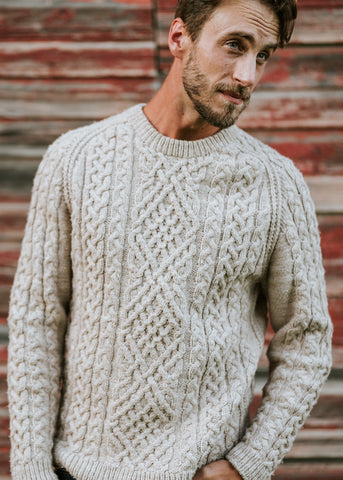
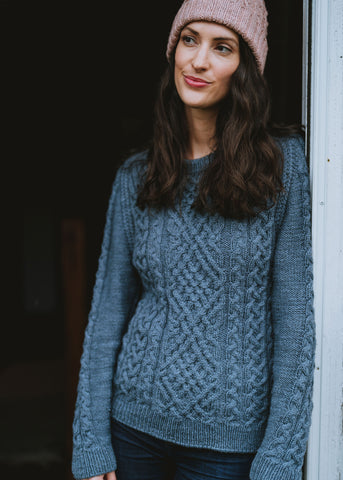
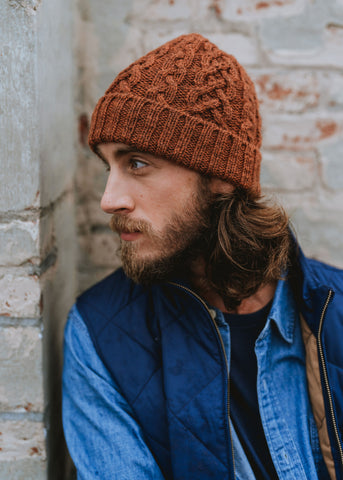
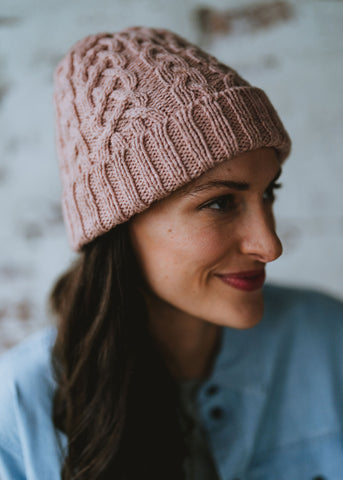
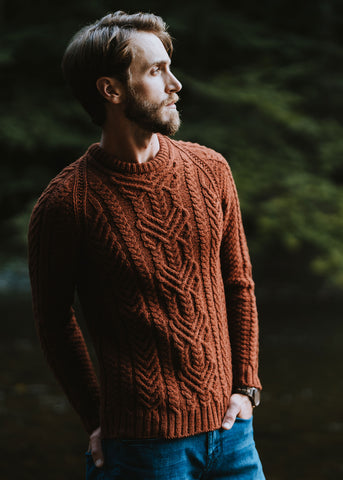
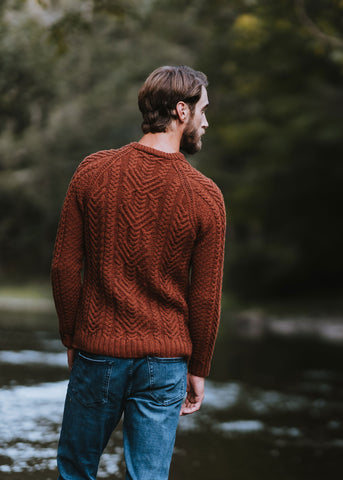



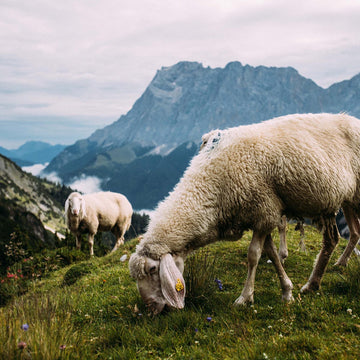
I want to sincerely thank Safeguard Recovery Expert for their extraordinary skill; they are real heroes, and I wish I had met them sooner rather than reaching out to other hackers for help. If you read this comment, you might be able to get your hacked or blocked bitcoin investment back. I’m posting it for anybody who have been affected by cryptocurrency investment, mining, and trading frauds.
Email:
safeguardbitcoin@consultant.com
safeguardbitcoin.wixsite.com/safeguard-bitcoin—1
WhatsApp: +44 7426 168300
True Trace Solution: The Most Reliable Solution for Crypto Recovery
In the ever-evolving world of cryptocurrency, scams have become increasingly prevalent. Victims often find themselves lost, searching for a trustworthy solution to recover their funds. Enter True Trace Solution, a company that has established itself as the most legitimate, best, and reliable recovery service in the industry. With a remarkable 98% recovery success rate and a proven track record of recovering over $640 million for clients, True Trace Solution is dedicated to helping victims of various scams reclaim their lost assets. A Trusted Name in Recovery
True Trace Solution has successfully assisted clients in recovering funds from numerous types of scams, including:
Crypto scams
Romance scams
Ponzi schemes
Investment scams
Phishing scams
Fraudulent trading platforms
True Trace commitment to ethical, legal asset recovery has made it a go-to choice for victims seeking justice. The company works closely with law enforcement agencies, ensuring that every recovery operation is conducted with the utmost integrity and within the bounds of the law. This collaborative approach has solidified True Trace reputation as a leader in the field. Specializing in Top Cryptocurrencies
When it comes to cryptocurrency recovery, True Trace Solution specializes in the following top digital currencies:
Bitcoin (BTC)
Ethereum (ETH)
Tether (USDT) (True Trace Solution recovers USDT as well)
Ripple (XRP)
Litecoin (LTC)
These cryptocurrencies are not only popular but also commonly targeted by scammers. True Trace expertise in recovering these assets has helped countless victims regain their financial footing, including those who have lost their Bitcoin, Ethereum and USDT investments. A Proven Track Record
True Trace Solution is built on principles that prioritize client trust, legal compliance, and results. With a 98% recovery success rate, the company has successfully helped thousands of clients reclaim their lost assets, demonstrating its commitment to justice-driven recovery solutions. The testimonials from satisfied clients serve as proof of True Trace effectiveness: Testimony 1
“As a victim of a sophisticated crypto scam, I felt utterly defeated. True Trace Solution guided me through every step of the recovery process with professionalism and transparency. Their team not only recovered my lost funds but also educated me on how to safeguard my assets in the future. I cannot recommend them highly enough.” —Frank T., Financial Consultant Testimony 2
“I was apprehensive about seeking help after losing my investment to an online fraud scheme. However, True Trace Solution exceeded my expectations. Their dedicated team worked diligently, keeping me informed throughout the entire process. Thanks to True Trace Solution, I was able to recover a significant portion of my funds, restoring my faith in the crypto community.” — Priya S., Business Owner Why Choose True Trace Solution?
True Trace Solution stands out for several reasons:
Pioneering Legal and Ethical Asset Recovery: True Trace Solution operates within legal frameworks, ensuring clients are protected throughout the recovery process.
Built on Principles, Proven by Results: The company’s history of successful recoveries speaks volumes about its capabilities.
Authenticity You Can Rely On: Trusted by thousands, True Trace Solution is backed by numerous success stories.
Driven by Integrity: The team at True Trace prioritizes client confidentiality and ethical practices in every case.
Top-Tier Recovery: True Trace offers zero gimmicks and guarantees 100% authenticity in its recovery processes.
Preferred by Clients, Trusted by Experts: As the premier recovery firm, True Trace Solution has earned accolades from industry experts for its outstanding service.
Fighting Fraud with Precision
In a digital age where scams are rampant, True Trace Solution remains committed to fighting fraud with lawful precision and ethical purpose. The blend of advanced technology and years of expertise enables True Trace Solution to deliver fast, secure, and confidential results. When clients face the daunting task of recovering lost funds, they can trust True Trace Solution to act swiftly and strategically. Collaboration with Law Enforcement
True Trace approach includes close collaboration with law enforcement agencies, ensuring a comprehensive strategy for asset recovery. This partnership not only bolsters the chances of successful recoveries but also enhances the legitimacy of the recovery process. Victims can rest assured knowing that their cases are handled with professional care and legal backing. Get in Touch
If you have fallen victim to a scam and need help recovering your lost funds, True Trace Solution is here to assist. With 24/7 support, you can reach out at any time:
WhatsApp: +18288143630
Website: https://truetracesolution.com
Conclusion
In a world where scams lurk around every corner, True Trace Solution emerges as the most legitimate, best, and reliable recovery company available. With a commitment to ethical practices, a 98% recovery success rate, and proven results, True Trace Solution is the trusted partner you need to reclaim your financial stability. Don’t wait—contact True Trace Solution today and take the first step towards recovering your lost assets.
This is not a normal post that you see every day on the internet where people give fake reviews and false information about excellent financial assistance. I am aware that many of you have been scammed and that fake agents have taken advantage of those seeking loans. I will not call these normal reviews, I will call this situation where I live a witness to how you can get your loan when you meet the company’s requirements. It really does not matter if you have a good credit rating or government approval, all you need is a proper ID card and a valid IBAN number to be able to apply for a loan with an interest rate of 3%. The minimum amount is 1000 euros and the maximum amount that can be borrowed is 100,000,000 euros. I give you a 100% guarantee that you can get your loan through this reliable and honest company, we operate 24 hours online and provide loans to all citizens of Europe and outside Europe. They sent me a document that was checked and tested before I got the loan, so I invite anyone who needs a loan to visit them or contact them via email: michaelgardloanoffice@gmail.com
WhatsApp for Europe: +38591560870
WhatsApp for USA: +1 (717) 826-3251
After you contact them, let them know that Mrs. Dejana Ivica from Zagreb gave you the information. Seeing is believing and you will thank me later when you get a loan from them. I made a promise that after I get a loan from them, I will post the good news to everyone online. If you have friends or relatives, including colleagues, you can tell them about this offer and that it is happening this CHRISTMAS TIME.
contact us on +2349017887682 or illumnatib53@gmail.com
Are you a business man, or woman,are you a pastor
or an artist,, do you want to be famous or you want
to be rich or powerful, it is better you become a
member of Illuminati and make your dream come
true . this is the chance for you now to become a
member of the temple KINGDOM and get what you
seek from us.if you are ready to become a member
of Illuminati and realize your dream then-: whatsapp
us or email
illumnatib53@gmail.com
fill in the following as well-:
NAME………………..
NEXT OF KIN……………….
ADDRESS……………..
MARITAL STATUS………….
COUNTRY………
STATE………………
OCCUPATION…………….
MOBILE LINE…………
A NEW MEMBER WILL GIVEN THE SUM OF
120MILLION DOLLARS, A CAR AND A HOUSE IN ANY
PART OF THE WORLD. NOTE: WE ARE NOT FORCING
ANYBODY FOR THIS. IF YOU ARE NOT INTERESTED
PLEASE DON’T APPLY